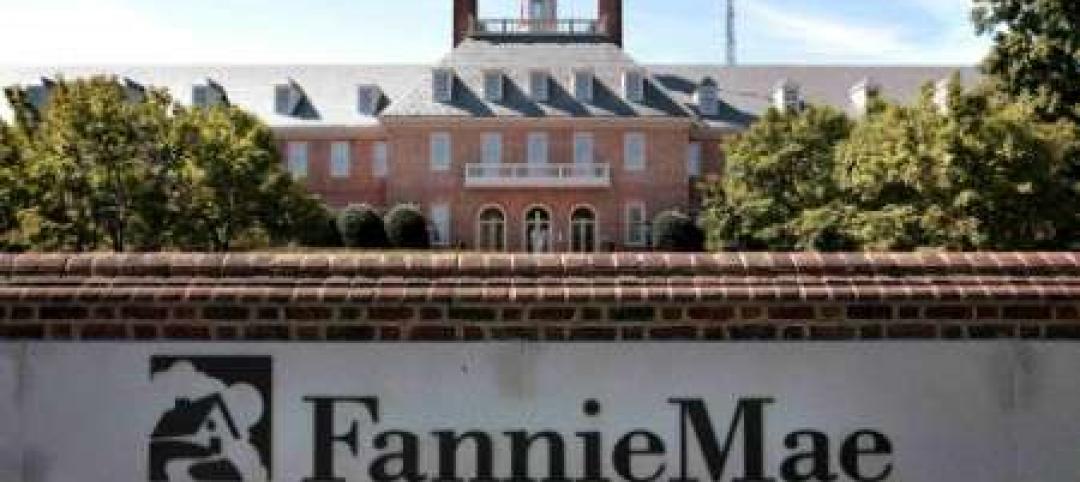The Bullitt Center in Seattle, which some say is the world's "most efficient" office building is not only influencing how other structures are built, it is contributing to revisions of codes and public policy.
The building’s design was made possible by Seattle’s Deep Green Pilot Program that allows builders to deviate from standard codes to build more sustainably. For example, the building was allowed to add two to three feet to the height of each floor to allow more daylighting. Neighbors objected to the additional 10 feet in overall building height, but the program permitted the non-conforming design.
Some of the building’s code deviations have been incorporated into the city code. For instance, the city council and the mayor had to approve changes to the building code to allow permits for “sustainability features.” This move allows the building’s solar canopy to extend all the way to the property line.
Bullitt Foundation, the environmental group that owns the building, recently signed a first-in-the-nation agreement with the local utility that will allow the foundation to sell Seattle City Light the energy it is saving or “negawatts.” The arrangement, known as MEETS (metered energy efficiency transaction structure) could be a pioneer in drawing investment funds to energy-efficiency projects.
Bullitt is also seeking final approvals from the county and state to turn the building into its own water district. That designation would allow tenants to drink rainwater collected on site and treated in the building’s basement.
(http://grist.org/business-technology/how-one-building-is-changing-the-world/)
Related Stories
| Aug 28, 2013
OSHA moves to reduced exposure to crystalline silica
Under a proposal from the Occupational Safety and Health Administration, the new permissible exposure limit to crystalline silica per cubic meter of air could be changed from 250 micrograms to 50 micrograms.
| Aug 28, 2013
IPMSC chooses members of committee for global property measurement standard
The International Property Measurement Standards Coalition (IPMSC) has selected 19 real estate experts from around the world to join its Standards Setting Committee to develop a global standard for measuring property.
| Aug 20, 2013
Code amendment in Dallas would limit building exterior reflectivity
The Dallas City Council is expected to vote soon on a proposed code amendment that would limit a building’s exterior reflectivity of “visible light” to 15%.
| Aug 20, 2013
Developers of Hollywood skyscraper will dig to see if earthquake fault is on site
New York-based Millennium Partners have agreed to dig a trench on a Hollywood, Calif., property to help determine whether an earthquake fault runs under it.
| Aug 20, 2013
Chinese-made resilient flooring products achieve FloorScore Indoor Air Quality certification
Five of China's leading manufacturers of resilient flooring recently received FloorScore Indoor Air Quality certification from SCS Global Services for their luxury vinyl tile (LVT) products.
| Aug 20, 2013
Florida to get $1 million federal grant to study sinkhole vulnerability
The Florida Geological Survey and the state’s emergency department will receive a $1.08 million federal grant to study sinkhole vulnerability.
| Aug 20, 2013
L.A. City Council approves plan for new $1 billion Watts development
Los Angeles city officials have voted to revitalize a notorious Watts housing project with shops, town homes, and green spaces.
| Aug 19, 2013
Baltimore City Council committee OKs taxpayer assistance for $1.8 billion Harbor Point mixed-use project
A Baltimore City Council committee approved a plan to give millions in taxpayer assistance to the $1.8 billion Harbor Point development.
| Aug 19, 2013
Philadelphia to enforce building energy benchmarking in October
The City of Philadelphia has begun to send out compliance notices regarding its Building Energy Benchmarking Law.
| Aug 19, 2013
Eliminating Fannie Mae, Freddie Mac part of Obama’s housing proposal
President Barack Obama this month outlined a series of policies he said would continue to boost the housing market, including a long-ignored legislative proposal that would allow more Americans to refinance at current low mortgage rates.













